Persian Cat
Persian Cat
America’s Regal and Serene Feline
1. Introduction to the Breed
The Persian, securing the #6 spot among the top cat breeds owned by Americans in 2024, is a regal and serene feline cherished for its luxurious long coat and expressive, round eyes. Known for their elegant appearance and calm demeanor, Persians are ideal for those seeking a tranquil, affectionate companion. Their plush fur and gentle nature make them perfect for quiet households, from urban apartments to suburban homes, where their sophistication and warmth bring a touch of royalty.
2. History of the Breed
Originating in Persia (modern-day Iran) in the 17th century, Persians were among the first longhaired cats introduced to Europe, prized for their beauty and refined temperament. Imported to America in the late 19th century, they were further developed for their distinctive flat faces and lush coats. Recognized by the Cat Fanciers’ Association (CFA) in the early 1900s, Persians have dominated cat shows and won hearts as pampered pets, their luxurious appearance and serene personality cementing their status as a beloved breed.
3. Physical Characteristics
- Typical Size and Weight: Persians are medium-sized, standing 8–10 inches tall at the shoulder and weighing 7–12 pounds for both males and females, with a compact, cobby build.
- Coat and Color: Their long, dense coat is silky and voluminous, in colors like solid (white, black, blue), tabby, bicolor, or colorpoint (Himalayan). The coat sheds heavily and requires daily grooming.
- Distinctive Features: Persians have a round head, small, rounded ears, and large, expressive eyes. Their flat face, short nose, and flowing coat enhance their regal, doll-like appearance.
4. Personality Traits
Persians are gentle, affectionate, and reserved, with a calm personality that makes them ideal lap cats. They form strong bonds with their owners, enjoying quiet cuddles and gentle interaction with familiar people or pets, but may be shy with strangers. Their soft vocalizations, like purring or faint meows, reflect their undemanding nature. Persians are intelligent but low-energy, suiting owners who can provide a serene environment and regular grooming to prevent stress or boredom-driven behaviors like overgrooming.
5. Care Requirements
- Exercise Needs: Persians need 20–30 minutes of daily play, such as gentle feather wand games or low climbing structures. Mental stimulation through window perches or simple puzzle toys satisfies their mild curiosity.
- Grooming Needs: Their long coat requires daily brushing to prevent matting and hairballs, with professional grooming every 4–6 weeks. Regular eye cleaning (due to tear staining), ear cleaning, nail trimming, and dental care are essential, as they’re prone to dental and respiratory issues.
- Dietary Considerations: A balanced, high-protein diet supports their coat health and low energy. Portion control prevents obesity, which can strain their breathing, and foods with omega fatty acids reduce skin sensitivities. Fresh water is essential for their relaxed lifestyle.
6. Health and Lifespan
Persians have an average lifespan of 12–17 years. Their brachycephalic structure leads to respiratory issues like brachycephalic airway syndrome, making them sensitive to heat. Common health concerns include polycystic kidney disease (PKD), hypertrophic cardiomyopathy (HCM), and progressive retinal atrophy. Regular vet checkups, kidney and heart screenings, and a healthy lifestyle mitigate risks. Owners should monitor for breathing difficulties, eye discharge, or lethargy and ensure a cool environment to prevent overheating.
7. Training and Socialization
Persians are intelligent but reserved, responding well to gentle, positive reinforcement training with treats or praise. They can learn behaviors like using a scratching post or litter box habits, though their low-energy nature benefits from short, calm sessions. Early socialization ensures comfort with strangers, children, and other pets, reducing shyness or stress. Teaching simple routines keeps their mild curiosity engaged. Gentle play or training prevents boredom-related behaviors like overgrooming or hiding.
8. Ideal Home Environment
Persians thrive in quiet, secure homes, ideal for urban apartments or suburban settings where they can relax and lounge. They suit singles, seniors, or calm families who enjoy gentle interaction and a peaceful atmosphere. Indoor spaces with cozy bedding, low climbing structures, or window perches satisfy their minimal exploratory needs. Owners should provide a cool, stress-free environment with toys and scratching posts to prevent boredom and ensure a nurturing setting for their serene nature.
9. What’s the Best Toy for My Persian?
Persians enjoy toys that suit their gentle, low-energy nature and brachycephalic structure. Soft plush toys for cuddling or gentle wrestling mimic prey, providing 10–15 minutes of engagement, perfect for their relaxed demeanor, with supervision to prevent tearing. Lightweight feather wands encourage slow swatting or pouncing, ideal for 10–15 minute interactive play sessions to satisfy their mild hunting instincts without taxing their breathing. Small, sturdy balls for batting offer solo play, suitable for 10–15 minute sessions in a secure space. Simple interactive puzzle toys with treat compartments engage their intelligence, keeping them occupied indoors for 10–15 minutes. Avoid high-energy or small, swallowable toys to protect their breathing and comfort. Rotate toys regularly and pair with gentle games for engagement.
10. Adoption and Breeder Tips
Choose breeders affiliated with the CFA or Persian breed clubs, ensuring health clearances for kidneys (PKD), heart (HCM), eyes, and respiratory conditions. Visit the breeder to assess kitten health, meet parents for temperament insights, and confirm ethical practices, including socialization and clean facilities. Rescues like Persian-specific organizations offer adoptable cats, often with known histories. Avoid unregulated breeders or pet stores, as Persians are prone to health issues if poorly bred. Ask about genetic testing, grooming needs, and socialization to ensure a healthy, well-adjusted cat.
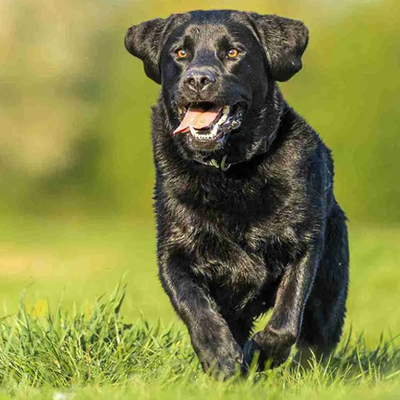
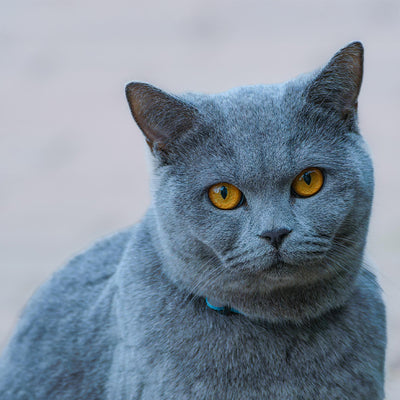
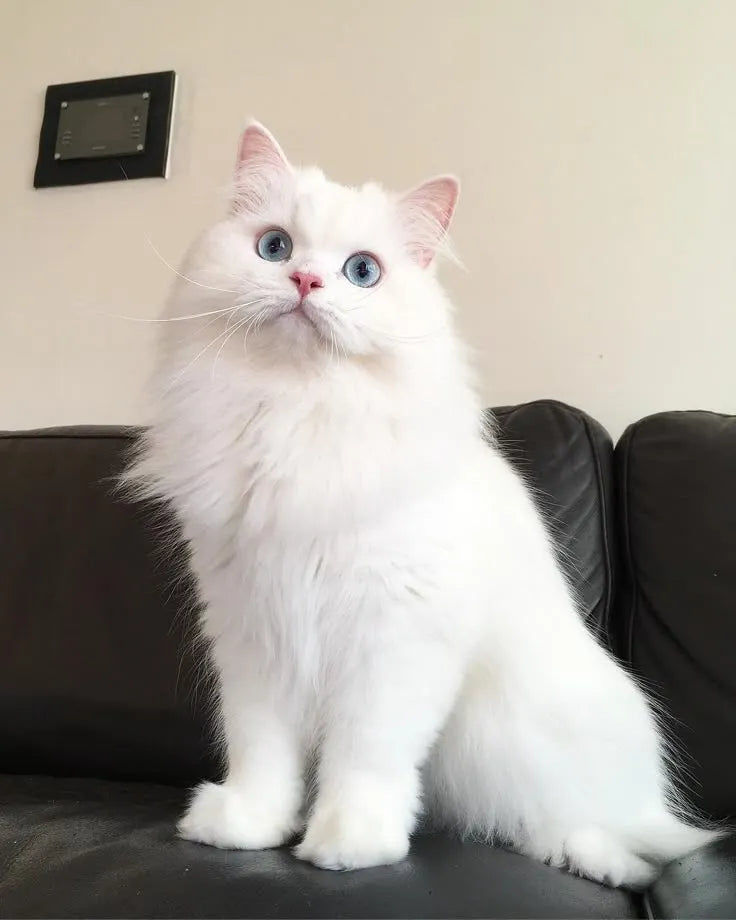
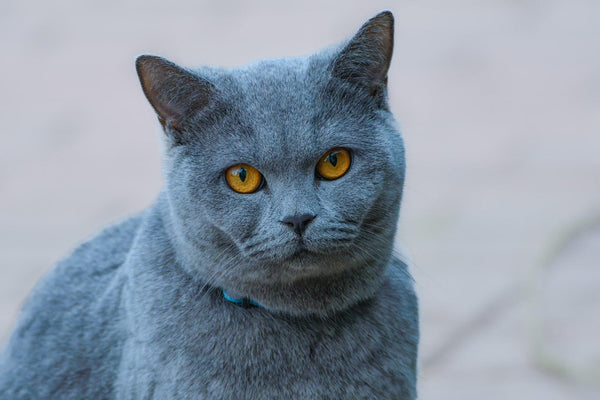
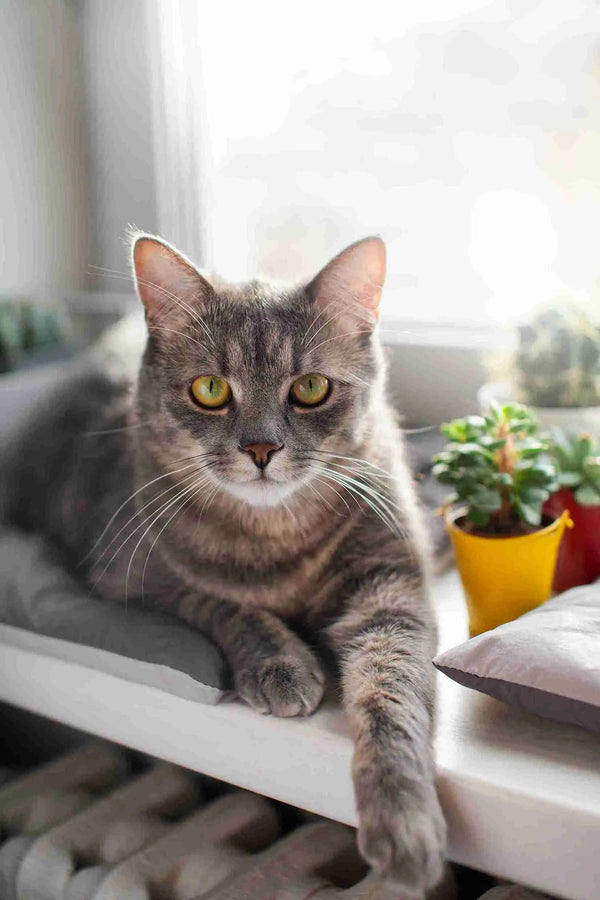
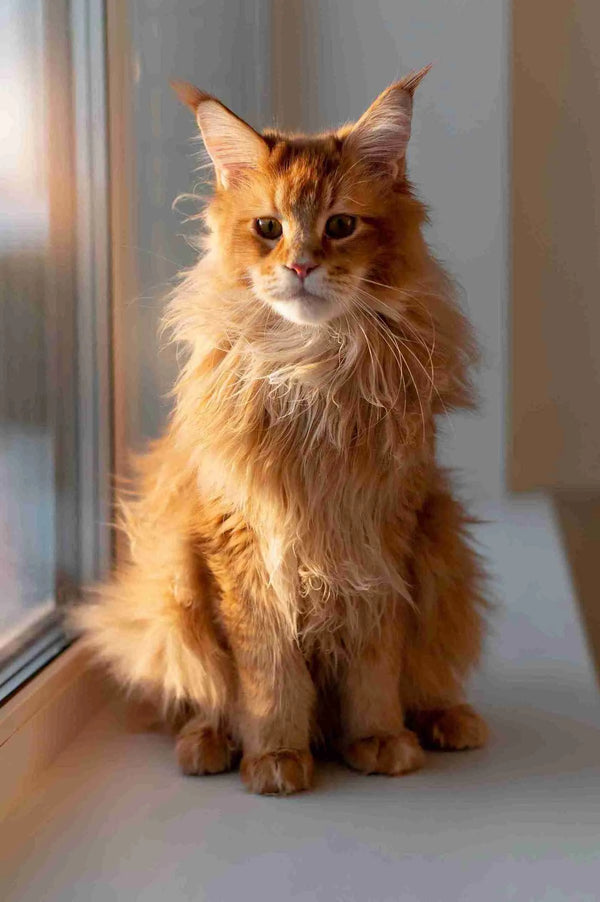
0 comments